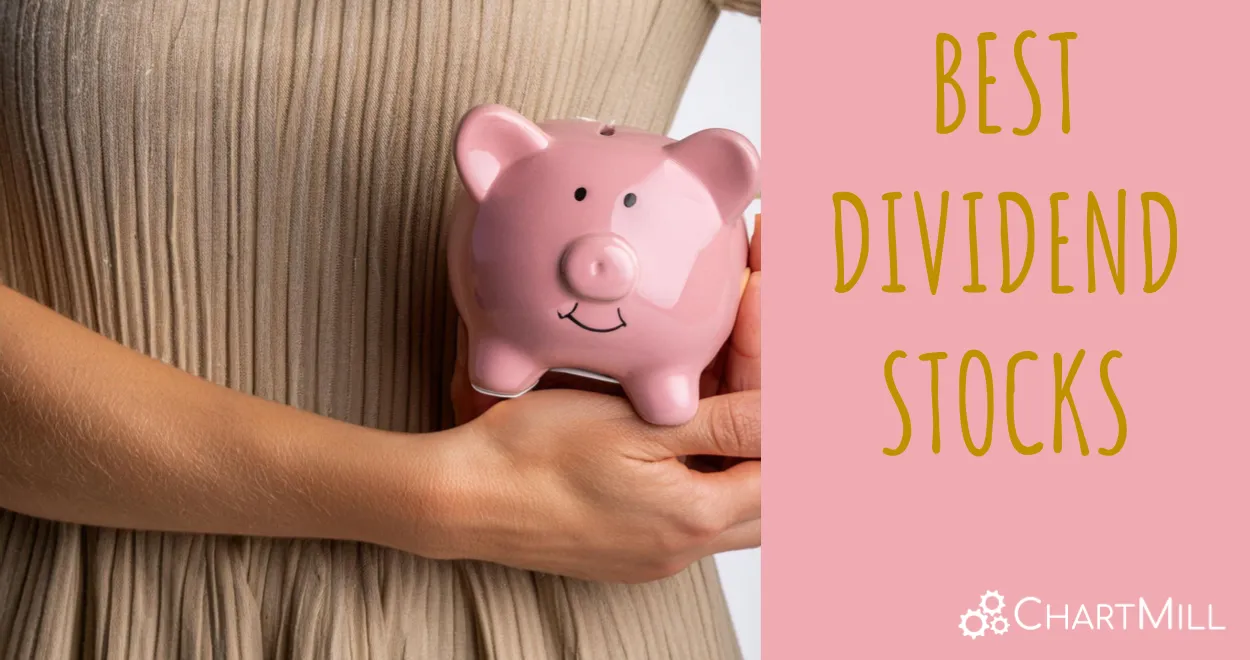Is NYSE:RMD a Good Fit for Dividend Investing?
By Mill Chart
Last update: Jul 1, 2024
RESMED INC (NYSE:RMD) has caught the attention of dividend investors as a stock worth considering. NYSE:RMD excels in profitability, solvency, and liquidity, all while providing a decent dividend. Let's delve into the details.

Dividend Assessment of NYSE:RMD
ChartMill assigns a Dividend Rating to every stock. This score ranges from 0 to 10 and evaluates the different dividend aspects, including the yield, the growth and sustainability. NYSE:RMD scores a 7 out of 10:
- Compared to an average industry Dividend Yield of 1.78, RMD pays a better dividend. On top of this RMD pays more dividend than 93.58% of the companies listed in the same industry.
- RMD has been paying a dividend for at least 10 years, so it has a reliable track record.
- RMD has not decreased its dividend for at least 10 years, so it has a reliable track record of non decreasing dividend.
- 28.85% of the earnings are spent on dividend by RMD. This is a low number and sustainable payout ratio.
- RMD's earnings are growing more than its dividend. This makes the dividend growth sustainable.
Health Examination for NYSE:RMD
ChartMill employs a unique Health Rating system for all stocks. This rating, ranging from 0 to 10, is determined by analyzing various liquidity and solvency ratios. For NYSE:RMD, the assigned 7 for health provides valuable insights:
- RMD has an Altman-Z score of 10.28. This indicates that RMD is financially healthy and has little risk of bankruptcy at the moment.
- Looking at the Altman-Z score, with a value of 10.28, RMD belongs to the top of the industry, outperforming 87.70% of the companies in the same industry.
- RMD has a debt to FCF ratio of 0.94. This is a very positive value and a sign of high solvency as it would only need 0.94 years to pay back of all of its debts.
- RMD's Debt to FCF ratio of 0.94 is amongst the best of the industry. RMD outperforms 90.37% of its industry peers.
- RMD has a Debt/Equity ratio of 0.22. This is a healthy value indicating a solid balance between debt and equity.
- RMD has a Current Ratio of 3.04. This indicates that RMD is financially healthy and has no problem in meeting its short term obligations.
How do we evaluate the Profitability for NYSE:RMD?
ChartMill's Profitability Rating offers a unique perspective on stock analysis, providing scores from 0 to 10. These ratings consider a wide range of profitability metrics and margins, both in comparison to industry peers and on their own merits. For NYSE:RMD, the assigned 8 is a significant indicator of profitability:
- Looking at the Return On Assets, with a value of 14.06%, RMD belongs to the top of the industry, outperforming 96.26% of the companies in the same industry.
- With an excellent Return On Equity value of 20.70%, RMD belongs to the best of the industry, outperforming 94.65% of the companies in the same industry.
- The Return On Invested Capital of RMD (17.35%) is better than 96.79% of its industry peers.
- The Average Return On Invested Capital over the past 3 years for RMD is significantly above the industry average of 8.53%.
- The Profit Margin of RMD (20.91%) is better than 95.19% of its industry peers.
- In the last couple of years the Profit Margin of RMD has grown nicely.
- RMD's Operating Margin of 28.12% is amongst the best of the industry. RMD outperforms 96.26% of its industry peers.
- RMD's Operating Margin has improved in the last couple of years.
Our Best Dividend screener lists more Best Dividend stocks and is updated daily.
For an up to date full fundamental analysis you can check the fundamental report of RMD
Disclaimer
Important Note: The content of this article is not intended as trading advice. It is essential to perform your own analysis and exercise caution when making trading decisions. The article presents observations created by automated analysis but does not guarantee any trading or investment outcomes. Always trade responsibly and make independent judgments.
244.76
+0.32 (+0.13%)
Find more stocks in the Stock Screener
RMD Latest News and Analysis



